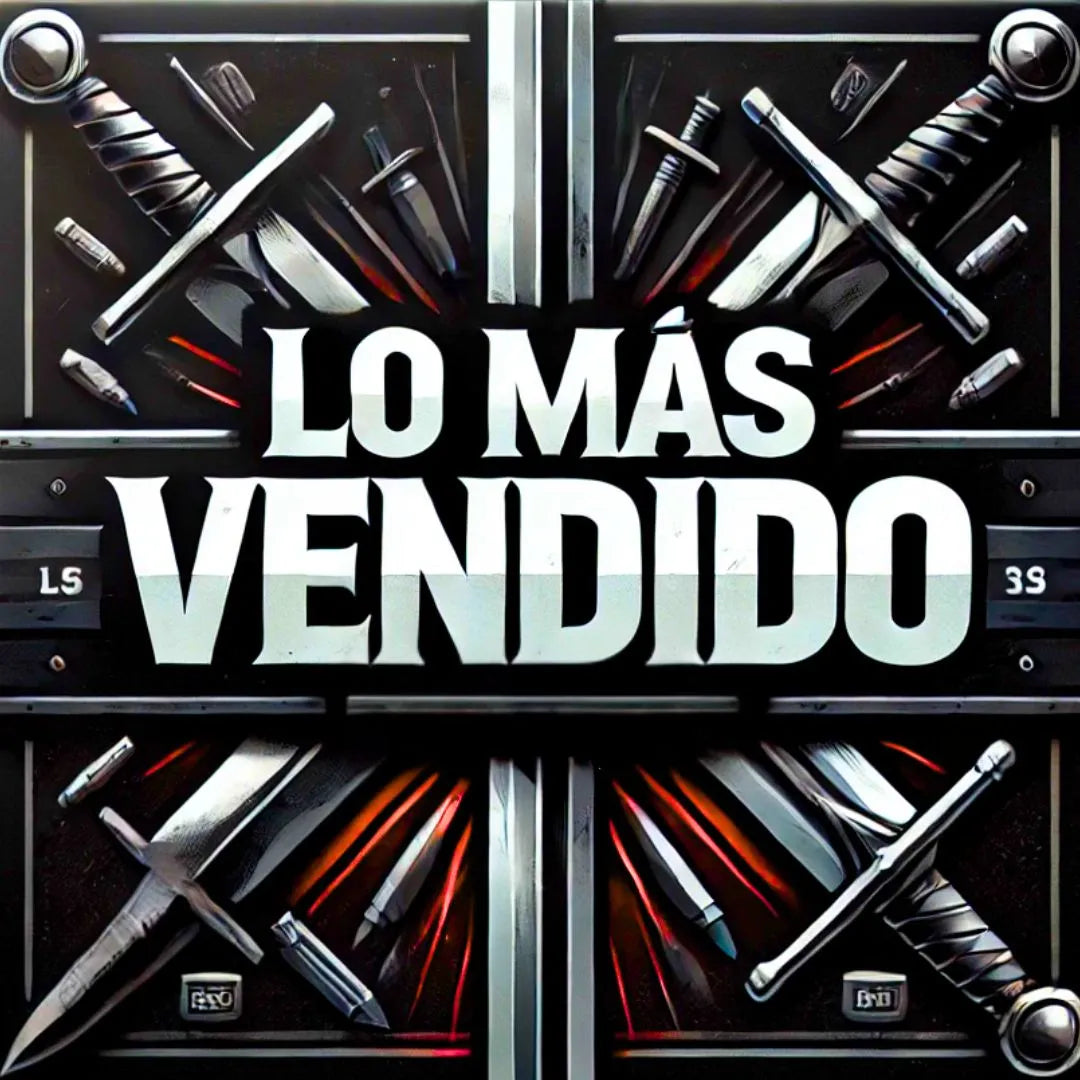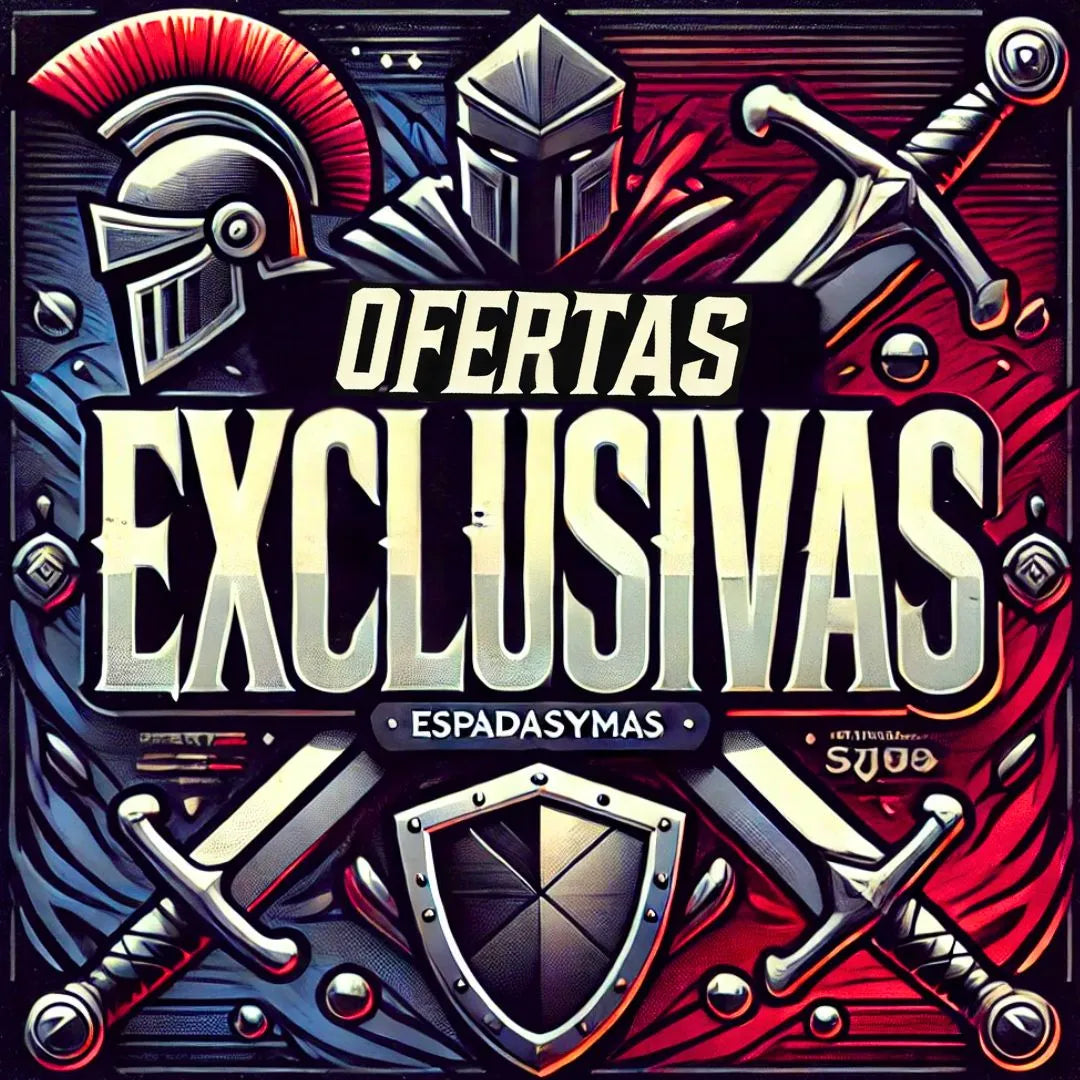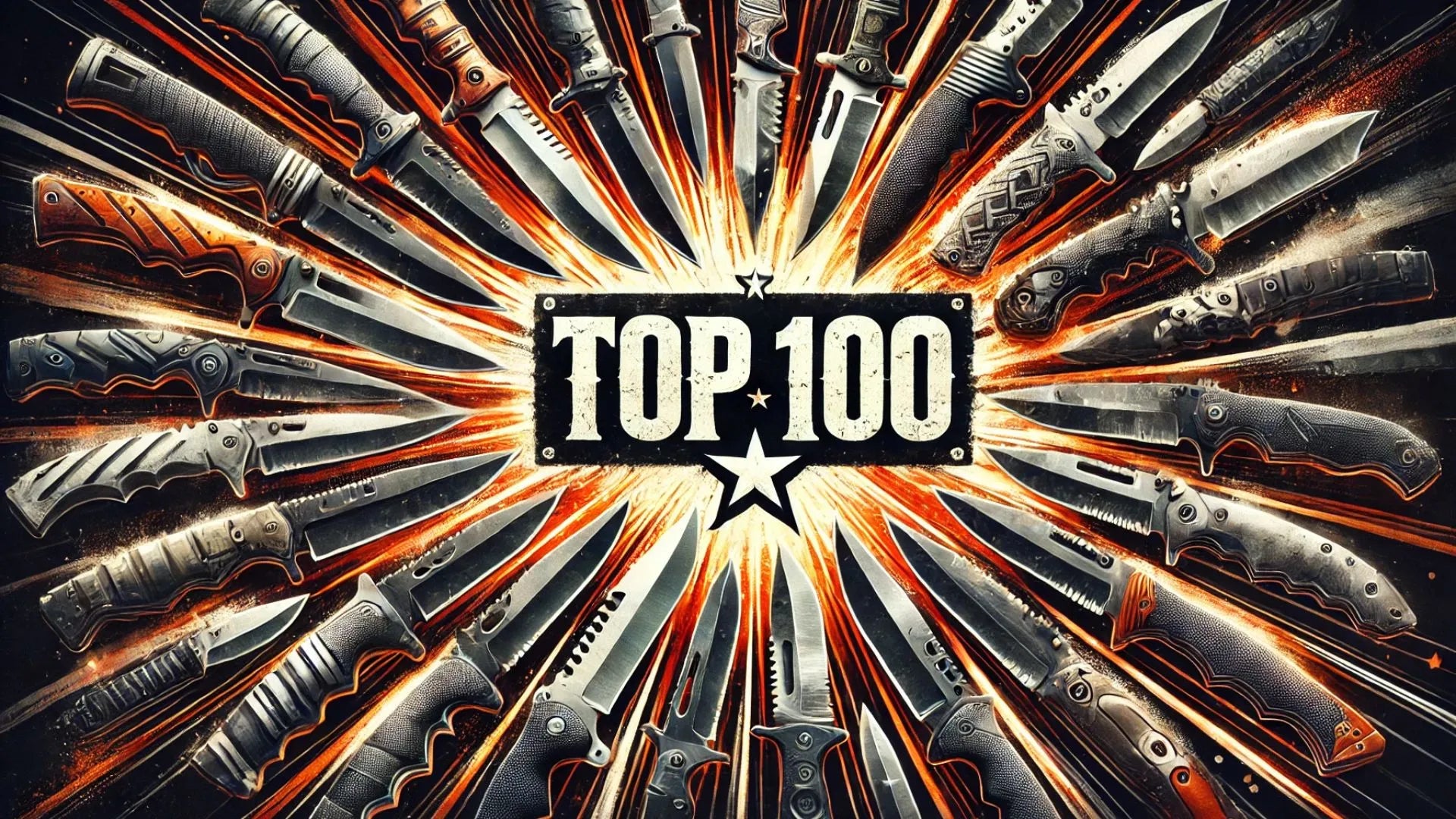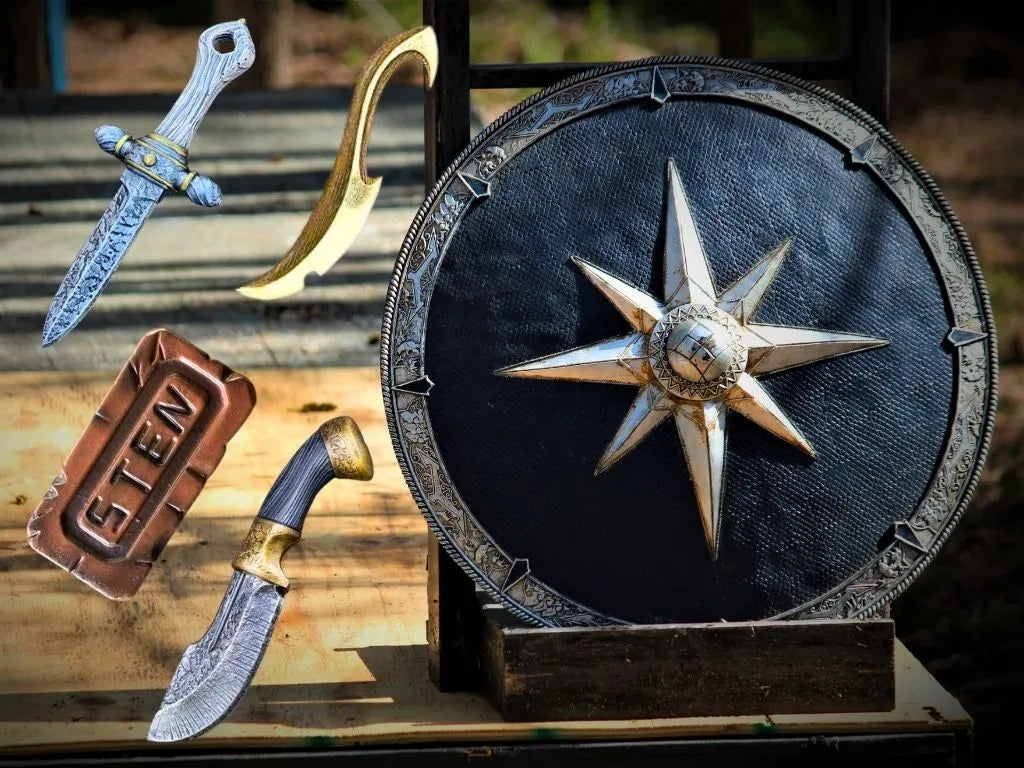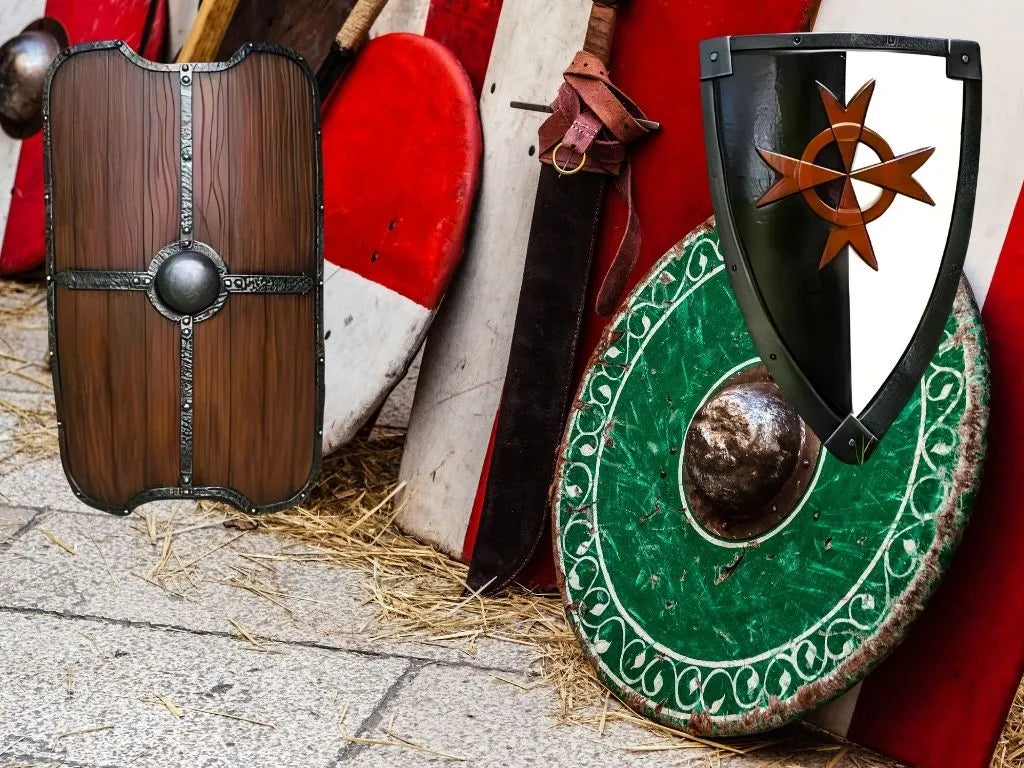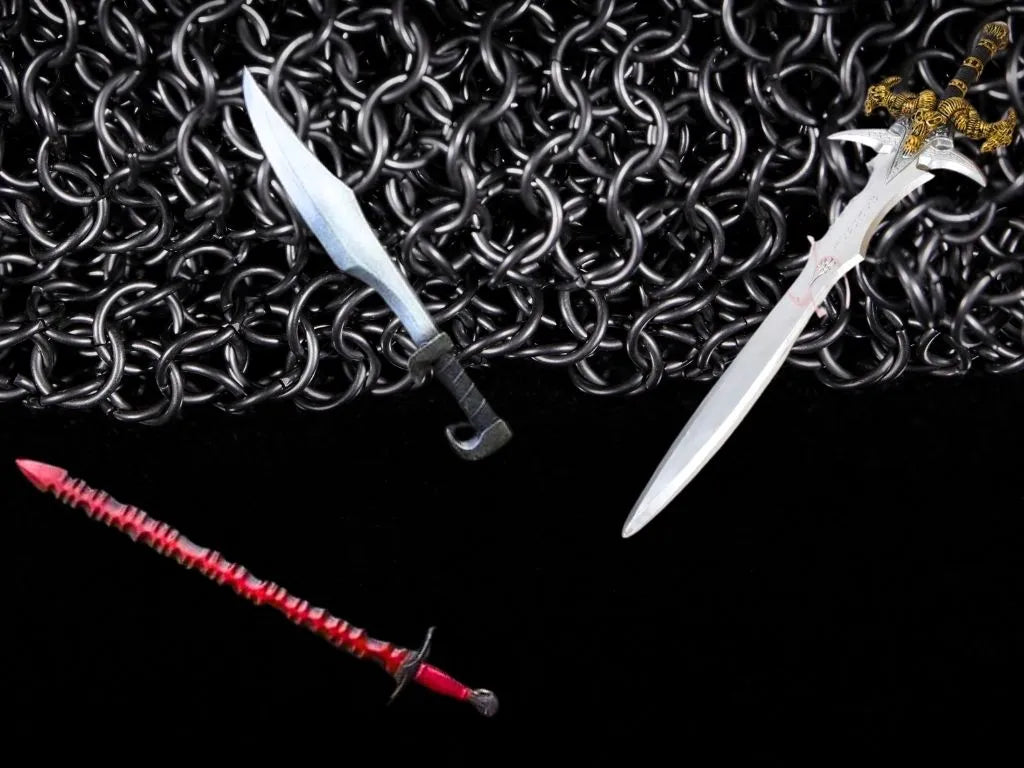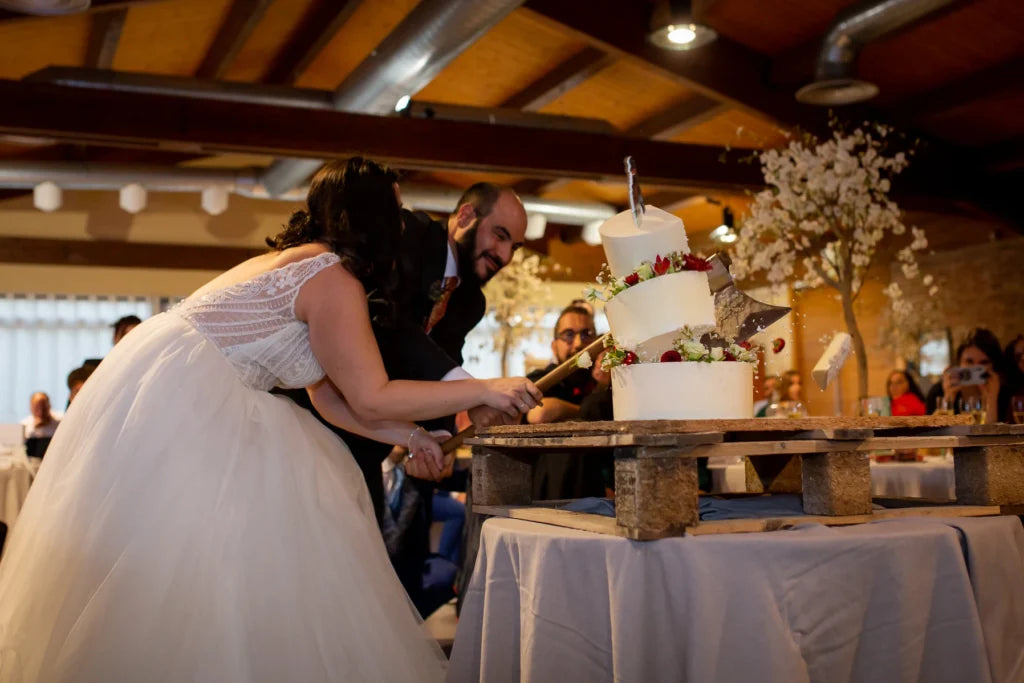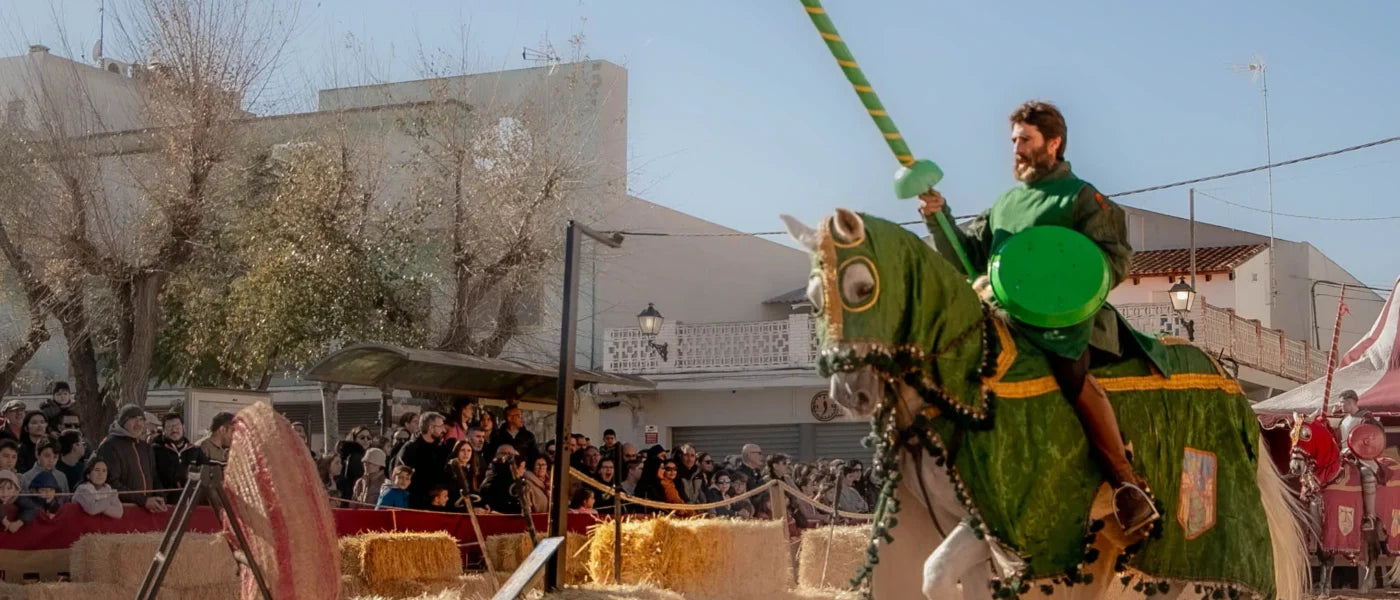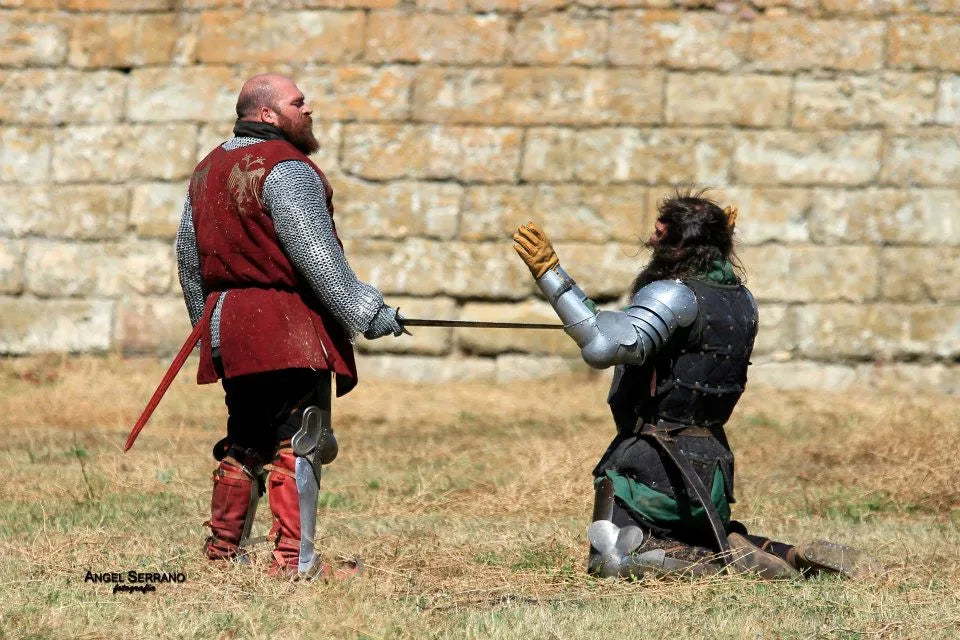Welcome to a new article from Espadas Y Más. Today we bring you a very special post, which we are sure will be of interest to you. We are going to tell you what the parts of a katana are!
Parts of a katana
As you know, the katana is one of the most famous Japanese swords in history. Below we tell you the parts into which it is divided!
Check out this spectacular katana for iaido!
Ho (刃): This is the blade of the katana and is made primarily of steel. The blade has one sharp side and one dull side.
Mune (棟): This is the back or spine of the blade. It can have different shapes, such as a diamond-shaped or round mune.
Kissaki (切先): This is the sharp tip of the blade. The shape of the kissaki can vary, the most common being the chu-kissaki (half point) and the o-kissaki (large point).
Ha (刃): This is the edge of the blade, which is what cuts. The ha must be extremely sharp to be effective in combat.
Boshi (鋩子): This is the tip of the blade, near the kissaki. The shape and design of the boshi can vary and are distinctive features of each sword.

Nakago (中心): This is the tang or unsharpened part of the blade that extends into the handle (tsuka). The nakago has inscriptions that provide information about the smith, the date of manufacture, and other characteristics of the sword.
Check out this Katana Wado Ichimonji from One Piece!
Tsuba (鍔): It is the sword's hand guard, designed to protect the wielder's hand from the opponent's attacks.
Tsuka (柄): This is the handle of the katana. It is usually made of wood and wrapped with leather and cord to provide a comfortable and secure grip.
Menuki (目貫): These are ornaments or decorations found on both sides of the handle, below the grip cord (tsuka-ito). Menuki can be of different shapes and represent traditional or symbolic themes.
Did you like it but prefer the bamboo one?
Same (鮫): This is sharkskin or similar material used to wrap the handle under the grip cord. It provides a non-slip surface and improves the aesthetics of the handle.
Ito (糸): This is the cotton or silk cord used to wrap the handle over the shark skin. The ito not only serves as a decorative element but also provides additional grip.
Kashira (頭): It is the end of the handle (tsuka) that serves as a counterweight and is firmly attached to the end of the handle.
Fuchi (縁): This is the collar or ring that is placed at the base of the handle, near the hand guard (tsuba), to secure the tsuka-ito in place.
Saya (鞘): It is the sheath or cover of the katana, generally made of wood and lacquered to protect the blade when not in use.
Any questions? Check out our katana shop directly!
Koiguchi (鯉口): This is the mouth of the saya, where the blade of the katana is inserted. The koiguchi is usually made of metal or a reinforced piece of wood.
Kojiri (鐺): This is the end of the saya, opposite the koiguchi. The kojiri can be made of metal or other materials and has a decorative and protective function.
We hope you enjoyed it and find it useful in learning the parts of a katana, either at a basic level or in detail!

